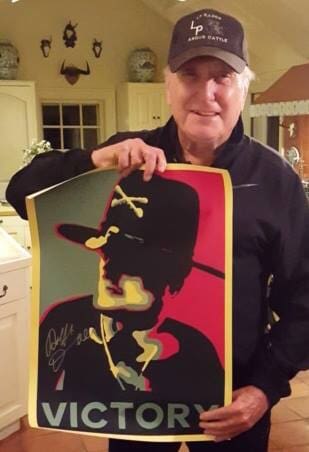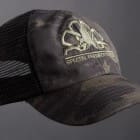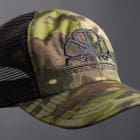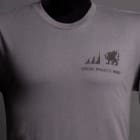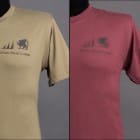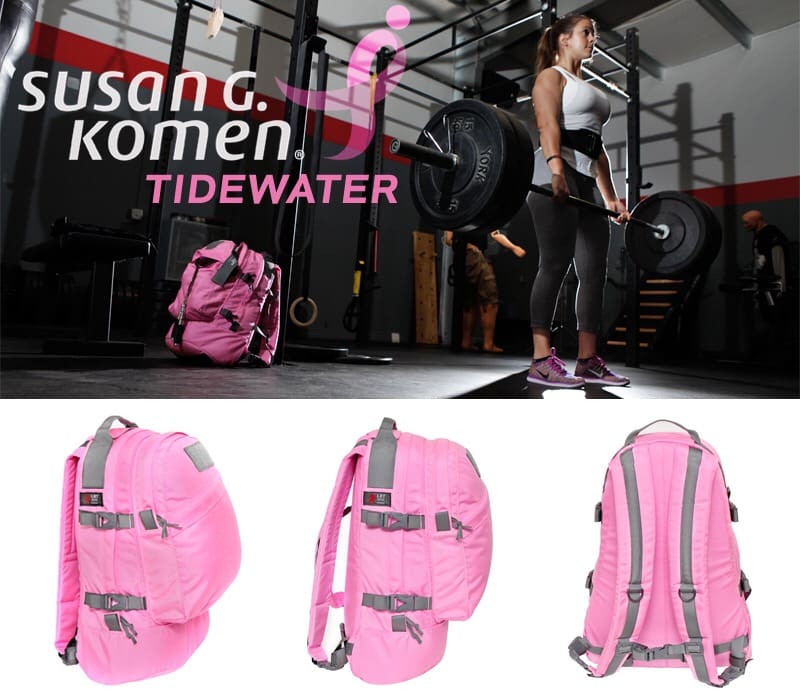STONEWALL, MS – Pine Belt Processing, Inc. is proud to announce the launch of its new product, PERIMETER ETO INSECT GUARD, which was recently awarded approval from the U.S. Environmental Protection Agency (EPA). With the rise of insect?transmitted illnesses, Mississippi?based Pine Belt Processing, Inc. realized a new product was needed to better protect service members serving in Zika?ridden environments.
PERIMETER ETO INSECT GUARD provides the user maximum bite protection through a highly?effective insecticide called Etofenprox. Textile fibers are treated with Etofenprox, providing the most effective protection available. PERIMETER ETO INSECT GUARD garments provide safety from bites at a consistent protection rate of 90% or higher and the reliability lasts for up to 75 washes.
PERIMETER ETO INSECT GUARD can be used to treat uniforms for pregnant service members, whereas current Permethrin insecticides are not used in maternity uniforms because of safety concerns. Etofenprox insecticide is registered in more than 50 countries for both agricultural and public health use. Textiles treated with PERIMETER ETO INSECT GUARD will provide the most effective protection available against insect?borne illnesses with unparalleled safety and with the lowest environmental impact.
PERIMETER ETO INSECT GUARD will be applied at the Pine Belt Processing facility in Stonewall, Miss. The recent EPA approval provides Pine Belt Processing the green light to treat military clothing and to further distribute its product – a fact that could potentially grow the company in the coming months.
“We are in the business of protecting our Armed Forces from insect?borne diseases – a job that is of utmost importance, especially with the rise of the Zika Virus,” said Ron Lack, General Manager of Pine Belt Processing. “A better solution to outdoor protective clothing was required, and our new product is the answer to protect those who protect us.” Lack also expressed appreciation to members of the Mississippi congressional delegation for assisting the company in its application to the EPA.
For more information about the new www.perimeterinsectguard.com/eto.


